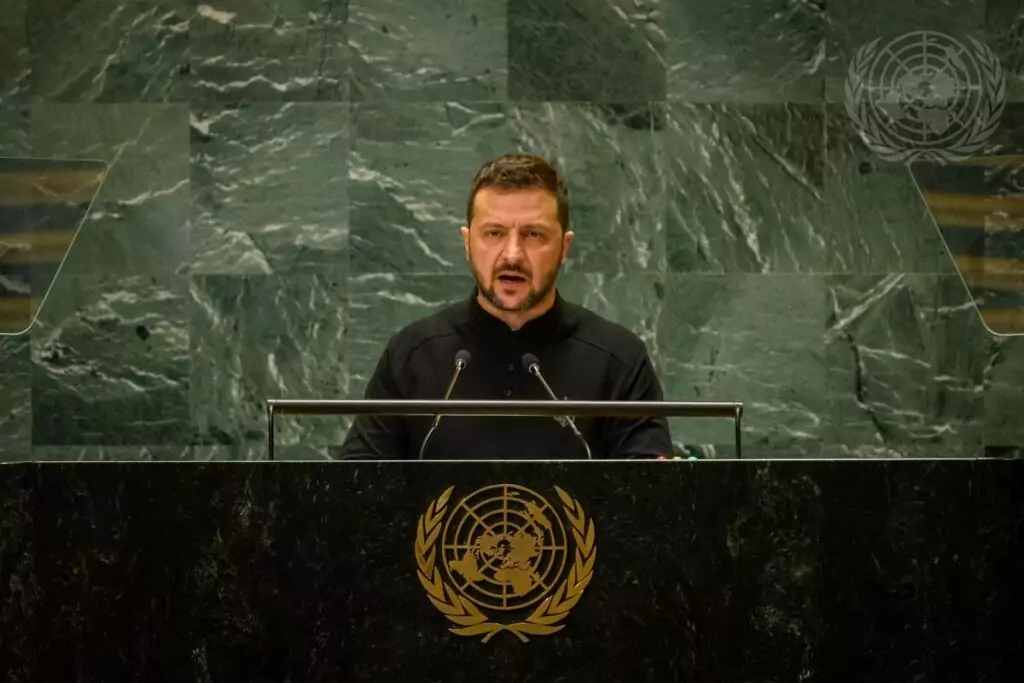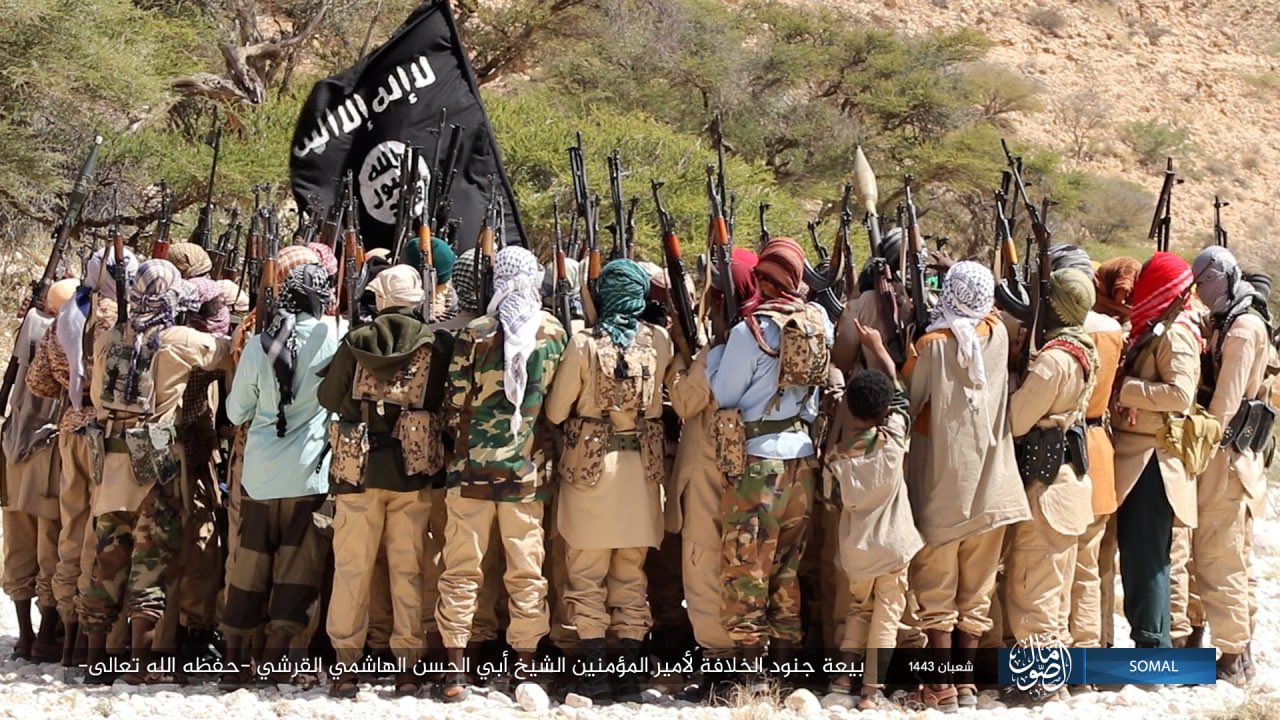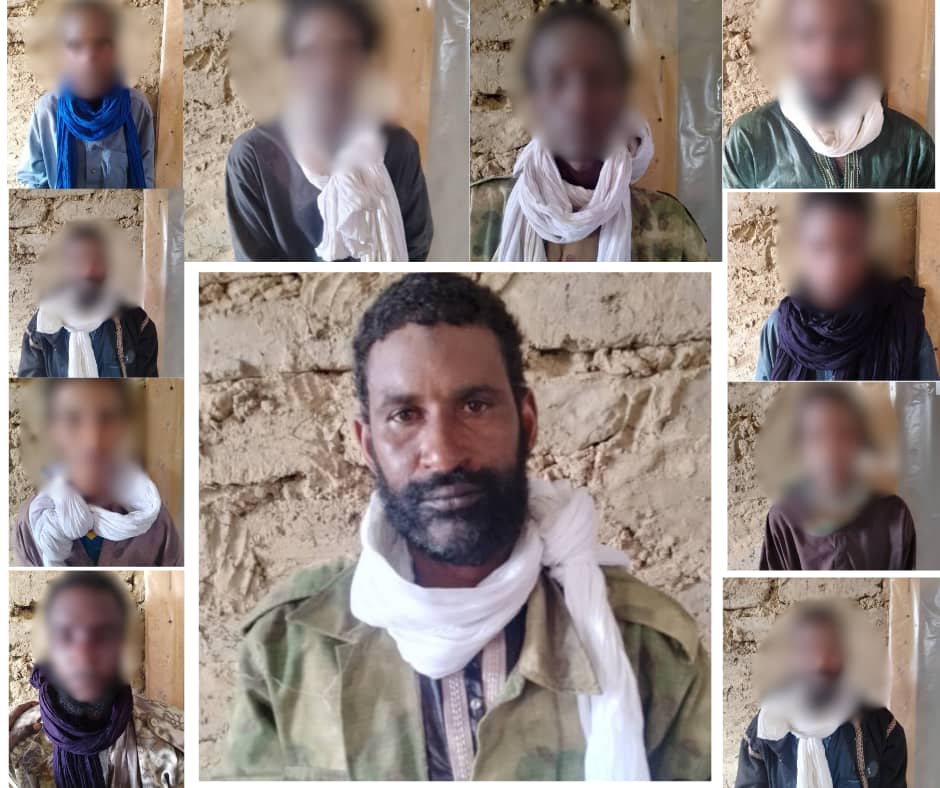Splits Developing in Somali Insurgency
Splits Developing in Somali Insurgency
Violence in Somalia is escalating as insurgents increase the fight against the feeble Transitional Federal Government (TFG) and their Ethiopian military backers. Rifts, however, are growing between more moderate opposition and harder extremist elements of the former Islamic Courts Union (ICU), raising fears that it will drive fighting outside current conflict zones in Somalia.
The formation of the opposition Alliance for the Re-Liberation of Somalia (ARS) on September 12 brought together Islamist chiefs, former senior TFG leaders and diaspora representatives. The ARS is Islamist-dominated, with ICU leader Sheikh Sharif Sheikh Ahmed its chairman, and with ICU members or diaspora sympathizers in all strategic posts. The ARS aims to unify the armed opposition, claiming its first direct responsibility for an attack on a Mogadishu police station last month (Soomaalinews.com, September 30). Yet, the long-running violence preceding that attack clearly indicates that they are only one of many factions. There are notable absences in the ARS leadership, especially the failure to include leaders of the radical Shabaab militia. Their representation in ARS is marginal, with only Abdifatah Mohamed, the former deputy governor in Kismayo when it was under Shabaab control, appointed as ARS finance secretary.
Key players, especially the more extremist Islamist core, therefore remain outside the alliance. Hassan Abdullah al-Turki, a leading Islamist military commander, was filmed along with several foreign fighters at a training camp in southern Somalia by Arabic broadcaster al-Jazeera in a report aired on September 13. Yet ARS chairman Sheikh Sharif was quick to dismiss the report and distance his alliance from support of foreign fighters backed by hard-line Islamist rebels (Garowe Online, September 16). Instead, the ARS appointed Islamist defense chief Sheikh Yusuf “Indho’ade” Mohammed Siad as its head of Logistics & Defense, claiming he is leading the fight from inside Mogadishu (Agence France-Presse, September 24).
That, however, puts them on a collision course for control of fighters with Adan Hashi Ayro, an Afghan-trained and al-Qaeda linked leader of Shabaab (Voice of America, September 25). Mukhtar “Abu Mansoor” Robow, a Shabaab leader accused of providing logistical support for al-Qaeda operatives inside Somalia, said bluntly that the Shabaab had “nothing to do” with ARS leaders, vowing to continue fighting in Somalia (Garowe Online, October 3). In the murky and quickly shifting power relations of Somalia, it remains unclear how much connection and unity there is between fighters outside the ARS alliance—between leaders such as Turki and Ayro, for example.
What is clear, however, is that the conflict is growing in intensity and is spreading. Ghanim Alnajjar, the United Nations expert on the situation of human rights in Somalia, has warned of “extreme violence,” with more than 700,000 civilians having been forced to flee their homes (United Nations, September 28). It is also raising concerns of wider threats. The U.S. Embassy in neighboring Kenya has warned of “indications” that Somali-based Islamic extremists may try to kidnap American citizens in eastern Kenya’s coastal resorts, following a tip-off from Kenyan security services (Associated Press, September 28). In the breakaway republic of Somaliland, officials claimed six men said to be linked to al-Qaeda were arrested by Ethiopian troops in a cross-border operation (Reuters, September 22). Unconfirmed Somali media reports also claimed warring militias in the Galguduud region of central Somalia killed senior Shabaab leader Saleh Ali Saleh Nabhan at a militia training camp (AllPuntland.com, September 18). Nabhan is accused by the United States of being a senior al-Qaeda operative and wanted for questioning in connection with the 2002 attacks in the Kenyan coastal city of Mombasa against a hotel and an Israeli airliner. The death has not been corroborated, but reports of increasing recruitment and training adds weight to fears of a growth of a hard-line powerful splinter militia from other Somali opposition groups, ready to employ any means necessary to topple the TFG and push Ethiopia out of Somalia.


